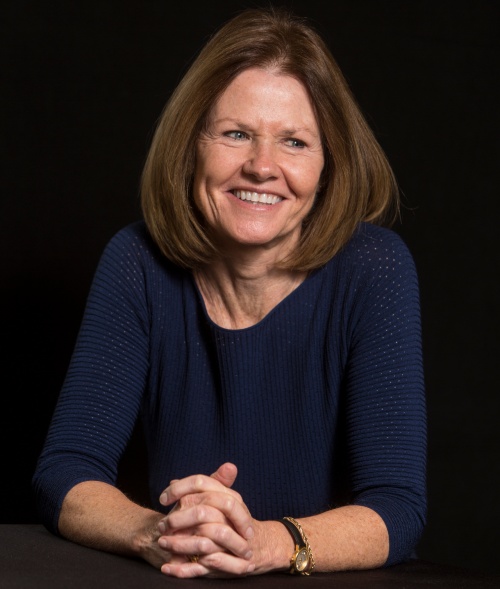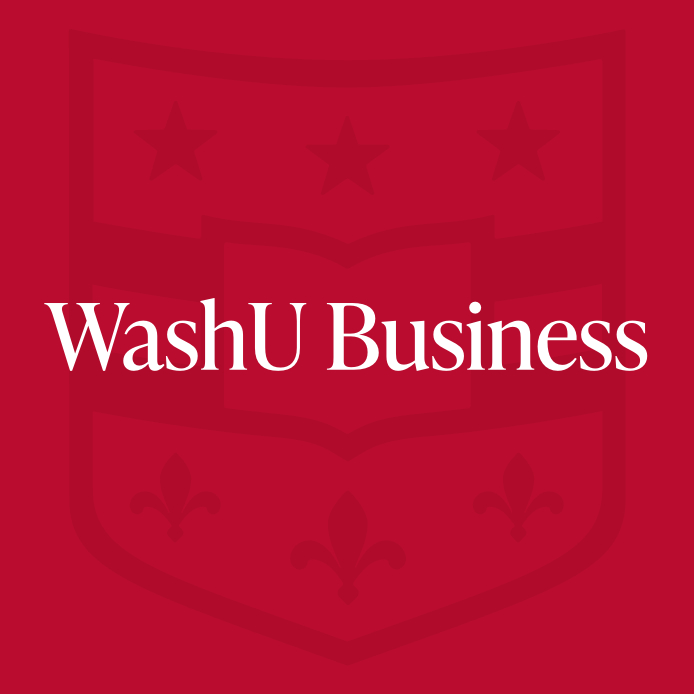Boeing Center conference tackles RQ50, innovation, inflation and more
- September 22, 2020
- By WashU Olin Business School
- 4 minute read

The one American company that is the most innovative, the most effective at research and development, of the five most attention-grabbing US-based companies isn’t one that’s developing your cellphones, creating your home tech devices or delivering goods to your door.

Rather, it’s one you watch: Netflix.
The 2020 Research Quotient Top 50 (RQ50), highlighting the most innovative US companies, was unveiled September 18 at The Industrial Innovation Path to Economic Recovery Conference hosted by the Boeing Center for Supply Chain Innovation at Washington University in St Louis.
A recent paper, forthcoming in the Journal of Financial and Quantitative Analysis, finds that RQ is the only innovation measure that reliably predicts market returns. That paper was co-authored by Michael J. Cooper of the University of Utah, Wenhao Yang of the Chinese University of Hong Kong, Shenzhen and Anne Marie Knott, the Robert and Barbara Frick Professor in Business at WashU Olin, who pioneered the RQ measure.
The conference attendees, in an online audience poll, predicted Amazon would prevail as the most innovative among the FAANG notables: Facebook, Amazon, Apple, Netflix and Alphabet (formerly Google). In addition to unveiling the new list, Knott, at the Boeing Center/Olin conference, oversaw a panel discussion with two “RQ50 Hall of Famers”—firms that have been in the RQ50 for 10 or more years: A.N. Sreeram, Senior vice president and chief technology officer of Dow (20 years in RQ50), and Dr. Clive Meanwell, founder of The Medicines Company (10 years in the RQ50), whose company became ineligible for the RQ50 after being acquired by Novartis last year.
Keys to research investment success
Knott pointed out it was interesting to hear their discussion echo what her RQ scholarship has found: The keys to successful innovation, even in this instance for a 123-year-old company and a biotech startup, are not all that different.
Keeping secrets is overrated. If you don’t collaborate and share IP, you’re highly unlikely to develop anything of great use.
—Dr. Clive Meanwell
“How can you build wisdom faster?” asked Sreeram. “Make research available to innovators.” He noted that every research report conducted at Dow since 1934 is fully digitized and available to researchers at the firm today. Sreeram praised such information sharing as an effective means of facilitating wisdom and learning, even among expert-level professionals.
The RQ50 session was part of the five-session conference that received national attention after it opened with a fireside chat that Olin Dean Mark P. Taylor hosted with St. Louis Federal Reserve Bank President James Bullard, who characterized the new debt associated with COVID-19 interventions and offered his perspective on lifting inflation. This set the stage for a series of discussions to understand how best to invigorate technological change to spur economic growth sufficient to handle the debt.
Research versus innovation
While many argue this is best accomplished by increasing research, which takes place predominantly at universities and government labs, the conference focused attention on innovation—converting research into products and services that people want to buy. The latter takes place in companies, where 70% of U.S. R&D is conducted.
Recognizing that companies can’t drive growth themselves, the conference included a panel discussion with three investors known for their long-horizon approach: Michelle Edkins, managing director, BlackRock Investment Stewardship; Penny Pennington, managing partner, Edward Jones; and Jared Woodard, director for global investment strategy, Bank of America. The panel was moderated by Todd Milbourn, vice dean of faculty and research and Hubert C. & Dorothy R. Moog Professor of Finance.
Woodard spoke to the importance of R&D and the RQ metric.
“One of the things that has become incredibly important in a world of low-economic growth, low-interest rates and low profits is the ability to find companies that can use R&D and capex [capital expenditure] dollars efficiently,” Woodard said. “And I think RQ is a great example of one methodology for finding those kinds of firms.”
“We’re always talking to the boards and management of companies about long-term challenges and opportunities and that includes R&D and capex,” Edkins added. “We are seeing COVID-19 accelerate macroeconomic trends key to R&D.”
Pennington mentioned the importance of efficient R&D over long-investing horizons in any environment and the imperative to identify firms whose R&D drives “return on investment in excess of the cost of capital,” characterizing that search as a “fundamental root of serious long-term investing.”
Emerging research on innovation
The conference also included a session of emerging academic research which offered an evidence-base for what innovation strategies and polices work, and which don’t. Participants included: Chad Syverson, University of Chicago, “Product Innovation, Product Diversification,and Firm Growth: Evidence from Japan’s Early Industrialization;” Florian Ederer, Yale School of Management, “Killer Acquisitions;” and Willy Shih, Harvard Business School, “Some Attention to the Demand Side, Please.”
While companies invest 70% of some $580 million invested in US R&D, the government is the next largest source of such funding—22%. In a closing keynote talk, Knott guided a discussion with Jaymie Durnan, director of strategic initiatives at Lincoln Lab, focusing on how those funds could be better spent. Moreover, Durnan discussed what government policies might drive more growth from R&D.
In the end, the audience met in breakout rooms to synthesize insights gleaned across the sessions to generate actionable recommendations to increase growth from innovation and thereby emerge from the pandemic in better shape. These insights and a conference report will be available on the Boeing Center’s LinkedIn page.
Media inquiries
For assistance with media inquiries and to find faculty experts, please contact Washington University Marketing & Communications.
Monday–Friday, 8:30 to 5 p.m.
Sara Savat
Senior News Director, Business and Social Sciences
